Difference between revisions of "About the DNA Bank Network"
| (9 intermediate revisions by the same user not shown) | |||
| Line 2: | Line 2: | ||
It offers a worldwide unique concept. DNA bank databases of all partners are linked and are accessible via a central web portal, providing DNA samples of complementary collections (microorganisms, protists, plants, algae, fungi and animals). | It offers a worldwide unique concept. DNA bank databases of all partners are linked and are accessible via a central web portal, providing DNA samples of complementary collections (microorganisms, protists, plants, algae, fungi and animals). | ||
| − | + | The Network is one of the founders of the Global Genome Biodiversity Network (GGBN) and is fully merged with [http://www.ggbn.org GGBN] today. GGBN agreed on using the data model proposed by the DNA Bank Network. The Botanic Garden and Botanical Museum Berlin-Dahlem (BGBM) hosts the technical secretariat of GGBN and its virtual infrastructure. | |
| − | ''' | + | '''Partners of the former DNA Bank Network:''' |
| − | |||
| − | |||
{| border="0" width="95%" | {| border="0" width="95%" | ||
| Line 24: | Line 22: | ||
!width="50%" |[[File:NYBGDOMEHEADER small.jpg]] | !width="50%" |[[File:NYBGDOMEHEADER small.jpg]] | ||
[http://www.nybg.org/ The New York Botanical Garden (NYBG)] | [http://www.nybg.org/ The New York Botanical Garden (NYBG)] | ||
| + | |- | ||
| + | !width="50%" |[[File:ait_logo.jpg]] | ||
| + | [http://www.ait.ac.at Austrian Institute of Technology (AIT)] | ||
| + | !width="50%" | [[File:Logo_Senckenberg.JPG|220px]] | ||
| + | [http://www.senckenberg.de Senckenberg Gesellschaft fuer Naturforschung] | ||
| + | |- | ||
| + | !width="50%" |[[File:IRB-logo.jpg|180px]] | ||
| + | [http://www.irb.hr Ruder Boskovic Institute (RBI)] | ||
| + | !width="50%" | [[File:Kppcont_059781.gif|180px]] | ||
| + | [http://www.kew.org Royal Botanic Gardens, Kew] | ||
| + | |- | ||
| + | !width="50%" |[[File:Mfn.jpg|180px]] | ||
| + | [http://www.naturkundemuseum-berlin.de Museum für Naturkunde (MfN)] | ||
| + | !width="50%" | | ||
|} | |} | ||
Latest revision as of 14:17, 16 December 2015
The DNA Bank Network was established in spring 2007 and was funded until 2011 by the German Research Foundation (DFG). The network was initiated by GBIF Germany (Global Biodiversity Information Facility). It offers a worldwide unique concept. DNA bank databases of all partners are linked and are accessible via a central web portal, providing DNA samples of complementary collections (microorganisms, protists, plants, algae, fungi and animals).
The Network is one of the founders of the Global Genome Biodiversity Network (GGBN) and is fully merged with GGBN today. GGBN agreed on using the data model proposed by the DNA Bank Network. The Botanic Garden and Botanical Museum Berlin-Dahlem (BGBM) hosts the technical secretariat of GGBN and its virtual infrastructure.
Partners of the former DNA Bank Network:
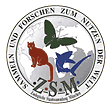
|
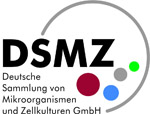
Leibniz Institute DSMZ-German Collection of Microorganisms and Cell Cultures (DSMZ) |
|---|---|
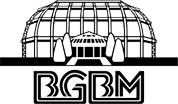
|

Zoological Research Institute and Museum Alexander Koenig (ZFMK) |

|

|

|
|

|
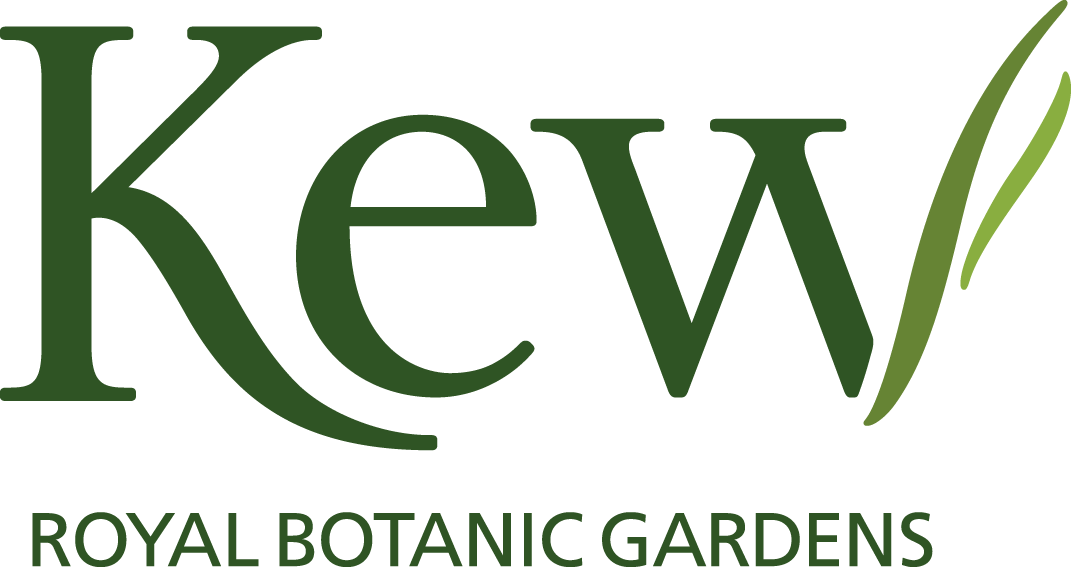
|
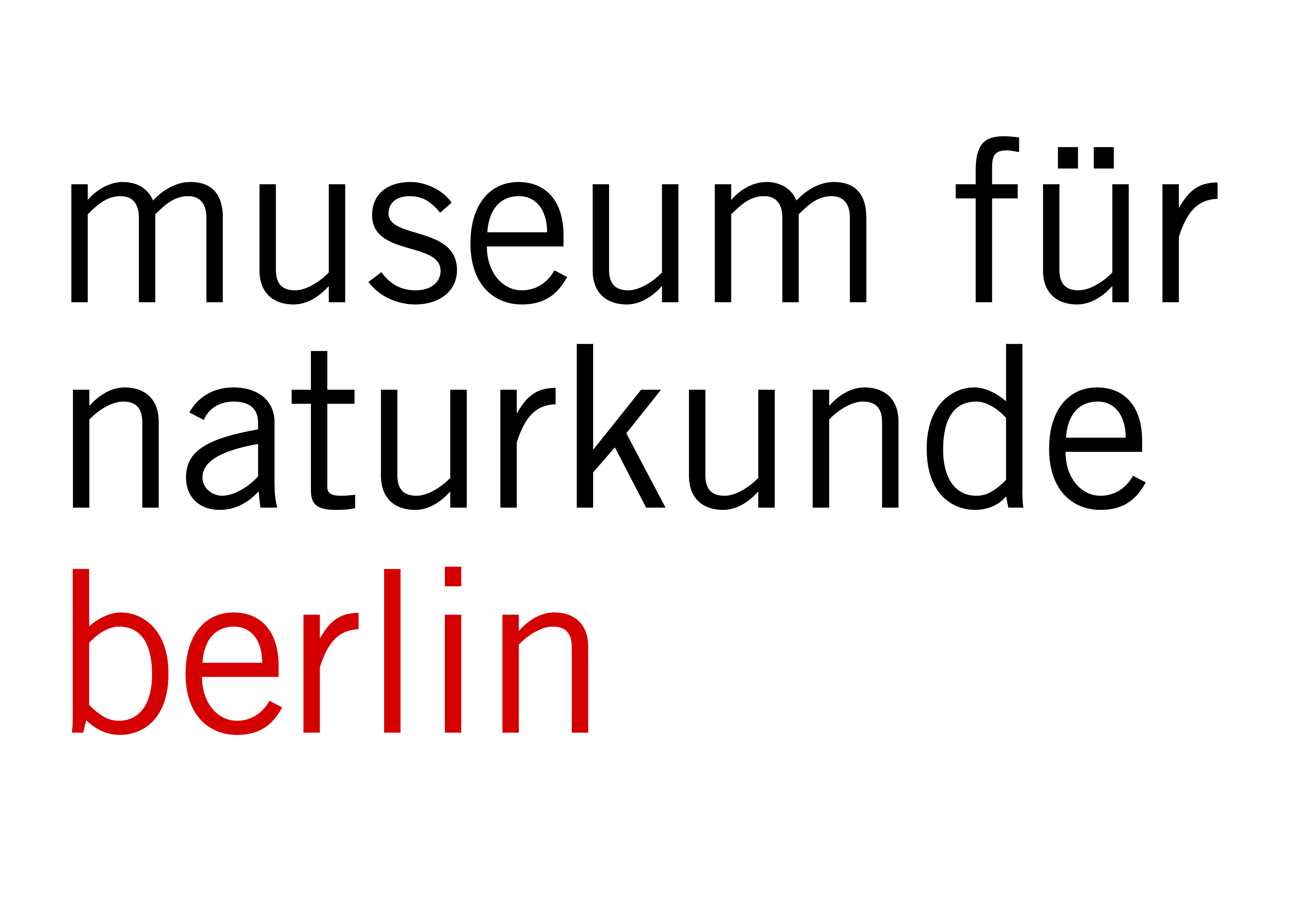
|